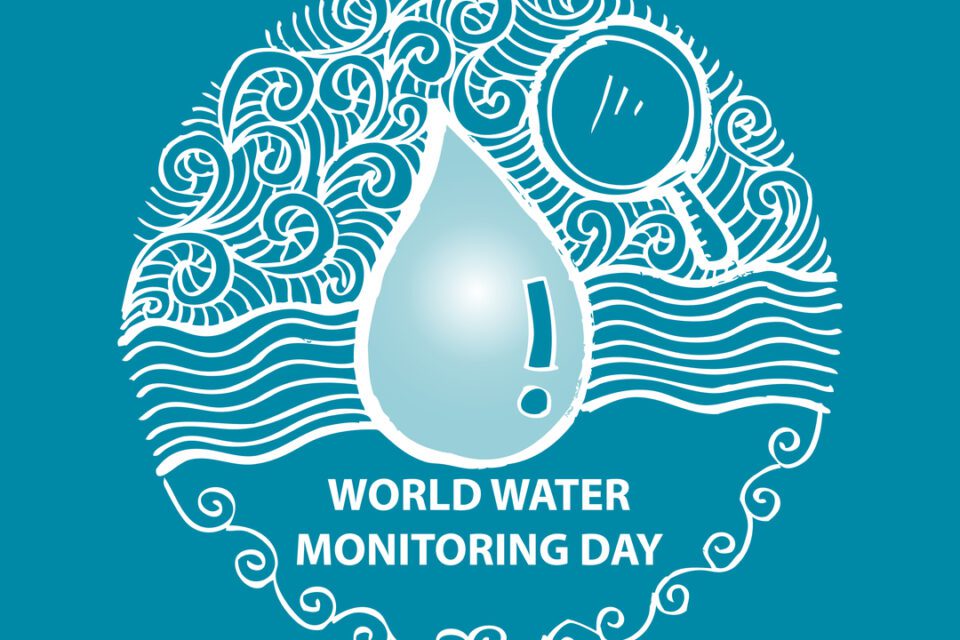For most rivers, measuring discharge on a continuous basis has been elusive. Until now.
The traditional way around this problem—the difficulty of measuring discharge—was to measure water levels at regular intervals. After all, measuring water levels is easy. Water levels were then transferred into discharge using a ‘rating curve’. This is the unique relation between stage and discharge at the control section. Note that long uninterrupted time series of streamflow—that describe the hydrologic regime of a river—usually represent the most important parameter for most water resources development and management decisions.
While instruments do exist that can measure the velocity profile of a river on a continuous basis—such as side-looking doppler sensors—they are expensive and cumbersome to install.
Recent developments in optical sensors, however, are promising. These instruments measure the surface velocity profile of a river on a semi-continuous basis and then automatically calculate the discharge, provided that the cross-section has been accurately established. These are ‘non-contact sensors’ that require little maintenance and are easy to install and operate. The accuracy of this type of discharge measurement is satisfactory.
This approach—in theory—will negate the need for a rating curve.
So, should we go for it?
I think it depends on the capacity of a water agency to keep the optical sensors operational—at all times. Afterall, if you no longer use a rating curve, you no longer have ‘plan B’ for when the equipment fails or is vandalized. The resulting gap in the discharge time series is not acceptable if it takes weeks—or even months—to fix or replace the optical sensor.
Therefore, in my view the best approach is a hybrid one.
Use the optical sensor for semi-continuous discharge measurement but maintain the hydraulic approach to rating curve development. The hydraulic approach is a conceptual methodology that uses field observations of channel properties to suggest the location of breakpoints and the shape of the respective rating curve segments. The proposed hybrid approach employs all information that is available on the river: surface velocity profiles, as well as channel properties such as break points, channel slope, sinuosity, bed material, flow conditions, cross-sectional profile, info on when the river overtops its banks etc.
It leads to a more robust data acquisition process and streamflow time series that can be defended—because they are based on the actual hydraulic characteristics of the control section. By contrast, just using the optical sensor is equivalent to a ‘black-box approach’. Furthermore, the hybrid approach is ‘fail-safe’ because it provides a back-up for when the optical sensor fails.
Thus, for most hydro stations it is too early to retire the rating curve, specifically for those in remote areas and those that are potentially subject to vandalism.
